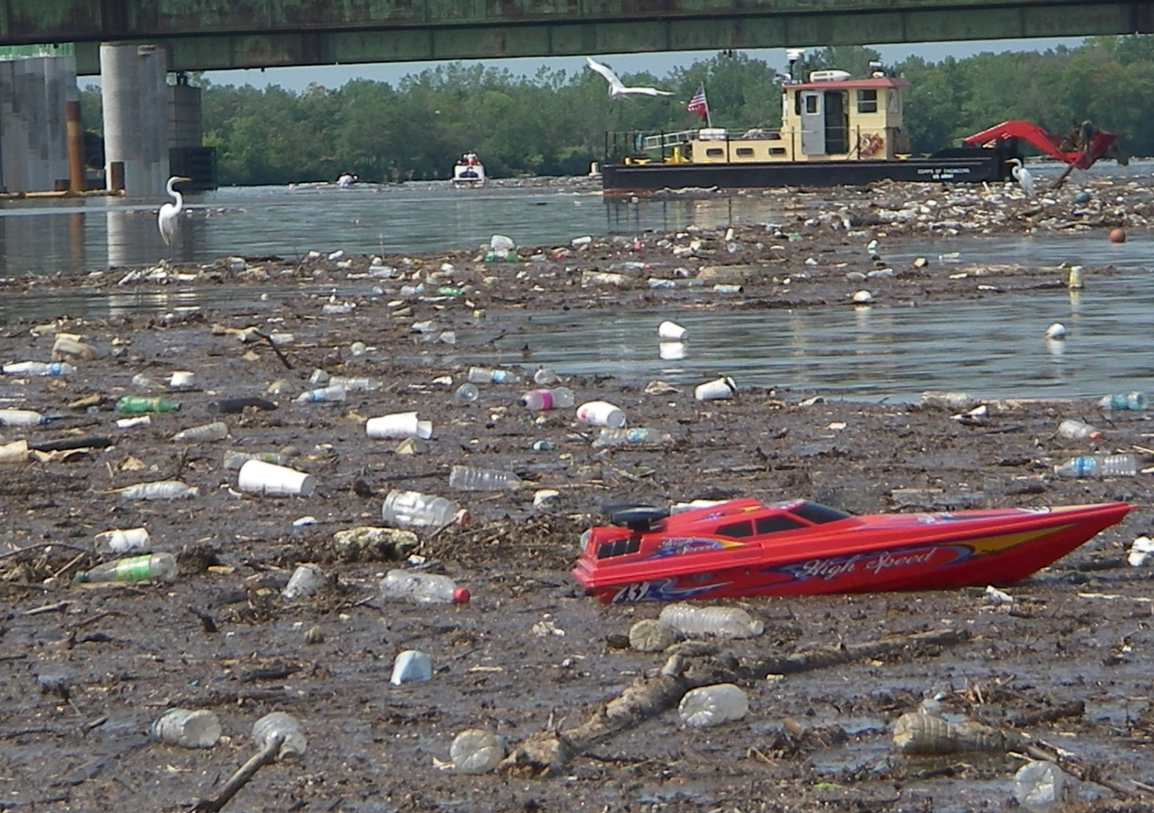A two-day STAC workshop entitled Microplastics in the Chesapeake Bay and its Watershed: State of the Knowledge, Data Gaps, and Relationship to Management Goals, was convened April 24th – 25th, 2019 at the George Mason University Potomac Science Center in Woodbridge, VA. Over 50 participants from government, academia, consulting, and non-governmental organizations met to present current research and policy initiatives, followed by facilitated discussion on data gaps and needs. The workshop was designed within the framework of an ecological risk assessment (ERA), treating microplastics in the environment similarly to other pollutants. Participants noted that while our understanding has progressed in recent years, we still have little idea of the magnitude and distribution of microplastics within the watershed, much less the potential impact microplastic pollution may be having on living resources.
Workshop participants concluded that microplastics pose a potential serious risk to successful restoration of the Chesapeake Bay watershed. As a result, the following recommendations are being presented to the Chesapeake Bay Program (CBP) as urgent and immediate needs:
1. The CBP should create a cross-GIT Plastic Pollution Action Team to address the growing threat of plastic pollution to the bay and watershed.
2. The Scientific, Technical Assessment and Reporting Team should incorporate development of ERAs of microplastics into the CBP strategic science and research framework, and the Plastic Pollution Action Team should oversee the development of the Ecological Risk Assessments (ERAs) focused on assessment of microplastic pollution on multiple living resource endpoints.
3. STAC should undertake a technical review of terminology used in microplastic research, specifically size classification and concentration units, and recommend uniform terminology for the CBP partners to utilize in monitoring and studies focused on plastic pollution in the bay and watershed.
4. The CBP should develop a source reduction strategy to assess and address plastic pollution emanating from point sources, non-point sources, and human behavior.
5. The CBP should direct the Plastic Pollution Action Team and STAR Team to collaborate on utilizing the existing bay and watershed monitoring networks to monitor for microplastic pollution.
Microplastics in the Chesapeake Bay and its Watershed: State of the Knowledge, Data Gaps, and Relationship to Management Goals

| Author: | Murphy, R., Robinson, M., Landry, B., Wardrop, D., Luckenbach, M., Grubert, K., Somers, K.,Allen, G., Trieu, P., Yonkos, L |
| Month: | October |
| Type: | workshop |
| Year: | 2019 |
